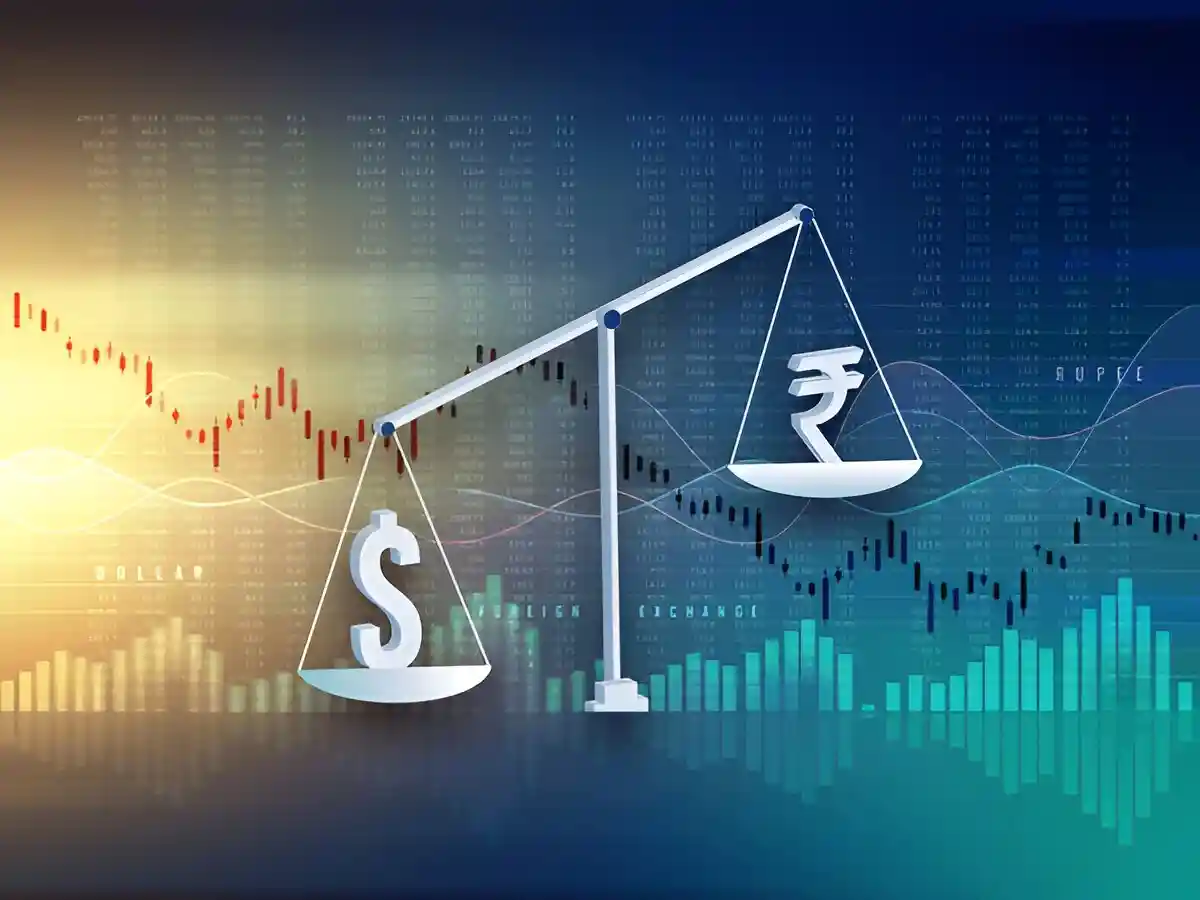
The stock market India and the US stock markets offer several opportunities and face distinctive challenges. The US stock market is the most globally trusted, has the largest ecosystem of corporate issuers, is the most competitive for liquidity, and has one of the most sophisticated trading infrastructures. Investors from all over the world have participated in the US stock market, as it creates a natural trust due to its well-defined regulatory environment and liquidity, depth and breadth of financial instruments, and historic institutions like the NYSE and/or NASDAQ. All of this is about long-term wealth creation and/or exploration of the next big ideas in the innovation economy (e.g. technology, healthcare, clean energy).
India’s stock market is one of the fastest-growing and experiences high-growth potential in a number of sectors, including IT, infrastructure, fintech, and consumer products. With increasing participation from domestic retail investors and increasing interest from foreign institutional investors and amount, the investment landscape in India is stable. The goal is then for investors to fully understand the structural and operational differences to be intentional about how they construct portfolios of risk, return, and access to markets. Whatever their objectives or aspirations may be, global diversification or returns that emerging markets can provide. Understanding the stock market characteristics of both markets helps the investor be in a better position to make informed investment decisions.
Market Structure: Foundations and Differences
Evolution and Exchanges
- India: BSE (since 1875) and NSE (since 1992) command trading flow. The transition to electronic systems increased efficiency.
- USA: NYSE (1792) and NASDAQ are global metrics. Both markets are fully electronic.
Trading Hours
- India: 9:15 AM – 3:30 PM IST (Mon to Fri).
- USA: 9:30 AM – 4 PM EST (with after-hours).
Listing and Regulatory Environment
Listing Procedure
- India – NSE requires minimum capital, profitability, and public shareholding.
- USA – NYSE and NASDAQ have stricter rules around financials, governance, and transparency.
Regulatory Authority
- India – SEBI regulates the exchanges, brokers, mutual funds and investor protection obligations.
- USA – SEC governs financial disclosures and compliance, while FINRA regulates the behaviour of brokers.
Investor Protection
- India – SEBI requires disclosures and has an IEPF for unclaimed dividends.
- USA – SEC means firms have to file financials, and SIPC protects investors against brokerage defaults.
Trading Access and Mechanics
Settlement Cycle
- Both the stock market India and the US operate on T+2 settlement.
- India’s cycle may vary during holidays when global markets don’t close.
Order Types
- India: Market, limit, stop-loss, bracket, and cover orders.
- USA: Market, limit, day orders, stop-limit orders and better execution speed, and greater potential for automation.
Broader options for advanced orders in the USA than in India, for example, GTC orders.
Investor Access
- India: Residents trade using demat accounts and trading accounts.
- USA: Global access for everyone with no limits.
New platforms like Tradex.live let Indian users easily trade both Indian and US stocks using a single interface, reducing the access gap to cross-border global markets.
Instruments and Indices
Types of equity
- India: Common stocks are predominant. Classifications include large-cap (primarily Nifty 50), mid-cap, and small-cap, primarily across industrial sectors.
- USA: Various equity instruments, including Real Estate Investment Trusts (REITs) and American Depository Receipts (ADRs), create greater accessibility and diversification.
Derivatives and ETFs
- India: Narrow focus on index and stock futures/options; adoption of ETFs is growing.
- USA: Derivatives are highly advanced; ETFs are more widely traded within specific themes and geographies.
Indices
- India: Nifty 50 and BSE Sensex represent the performance of large-cap stocks across sectors.
- USA: Dow Jones (industrial focused), S&P 500 (broad coverage of all markets), NASDAQ (technology-centric) all serve as benchmarks.

Investor Demographics and Behaviour
Retail vs Institutional Mix
- India: Retail investors represent less than 15% of trading volume. It is dominated by mutual funds and FPIs.
- USA: 20-25% of trades are due to retail investors; broad base of retail investor participation through apps and retirement funds.
Age and Risk Appetite
- India: The majority of the investor base is younger, with greater risk appetite increasing since 2020.
- USA: The average age of investors is older, usually with conservative long-term goals directed toward retirement.
Behavioral Insights
- India: Herd behaviour and emotional investing is prevalent. Decisions are based on narratives, not data.
- USA: Although data access and experience improves emotional trading, trends such as meme stocks demonstrate the biases therein.
Returns, Risks, and Trends
Historical Returns
|
Market |
Avg. Annual Return | Volatility |
Key Driver |
|
US |
7-10% | Moderate |
Tech, corporate earnings |
|
India |
Up to 15%+ | High |
Growth, reforms |
- Long-term, steady returns with moderate volatility are what the US markets have to offer.
- The stock market India has a greater upside but is also much more sensitive to policy change and sentiment.
Big Risks
- US: Inflation, interest rate hikes, regulatory policy changes, and global tension.
- India: Political risks (or uncertainty), currency fluctuations, liquidity problems, and inflation.
Current Trends
- US: Tech and healthcare are the dominant sectors; inflation and Fed policy deserve close attention.
- India: Great prospects in the IT sector, consumer goods, infrastructure, and the renewable energy sector.
Platforms which provide global exposure, such as Tradex.live, make it easy for investors to track and trade in India and the US, which is a good opportunity for those with the intent of diversifying without complexity.
Technology and Accessibility
Both markets are adopting:
- Real-time data and analytics.
- AI-based insights.
- Retail-oriented apps and tools.
This technology equivalence has made it easier for investors to create cross-market strategies and react quickly to market movements.
Strategic Takeaway
Investors can develop a more resilient and diverse portfolio by investing in both the Indian and US stock markets, as this will effectively combine the high-growth potential of emerging economies with the relative stability and efficiency of developed markets. Each stock market has its own unique qualities and elements that provide benefits, and coupling these aspects together can help reduce overall risk and promote long-term wealth creation potential.
If you’re an investor looking for multi-year capital appreciation, consider investing heavily into equities listed on Indian stock exchanges that stand to benefit from solid demographics, continued digital transformation, improving infrastructure, and the growth of domestic consumption. At the same time, it makes sense to invest in US equities that give access to dominant sectors in the global economy such as technology, along with sectors such as clean energy and health care that also have growth potential and where efficient sectoral diversification may be harder to achieve in the stock market India.
When determining the momentum investors are comfortable building and maintaining in such a combined portfolio, investors need to consider aspects such as liquidity, taxes, regulation, tax treatment, and their own risk appetite to deal with potential market shocks and the idiosyncrasies of building and holding two portfolios in at least two different markets. While two markets may seem complicated, today’s platforms may make monitoring separate portfolios easier than ever.
Tradex.live’s features of zero brokerage, instant institutional account opening, and single account to trade Indian and US equities, are enabling Indian investors to partake confidently in global financial markets. Platforms like this, and even better them, will enable many level of traders and investors to capture international opportunities and create a truly global investment / trading plan, regardless of their experience.
Download app: Android User | IOS User | Web Trader
Reach Tradex.live: https://tradex.live/links/

